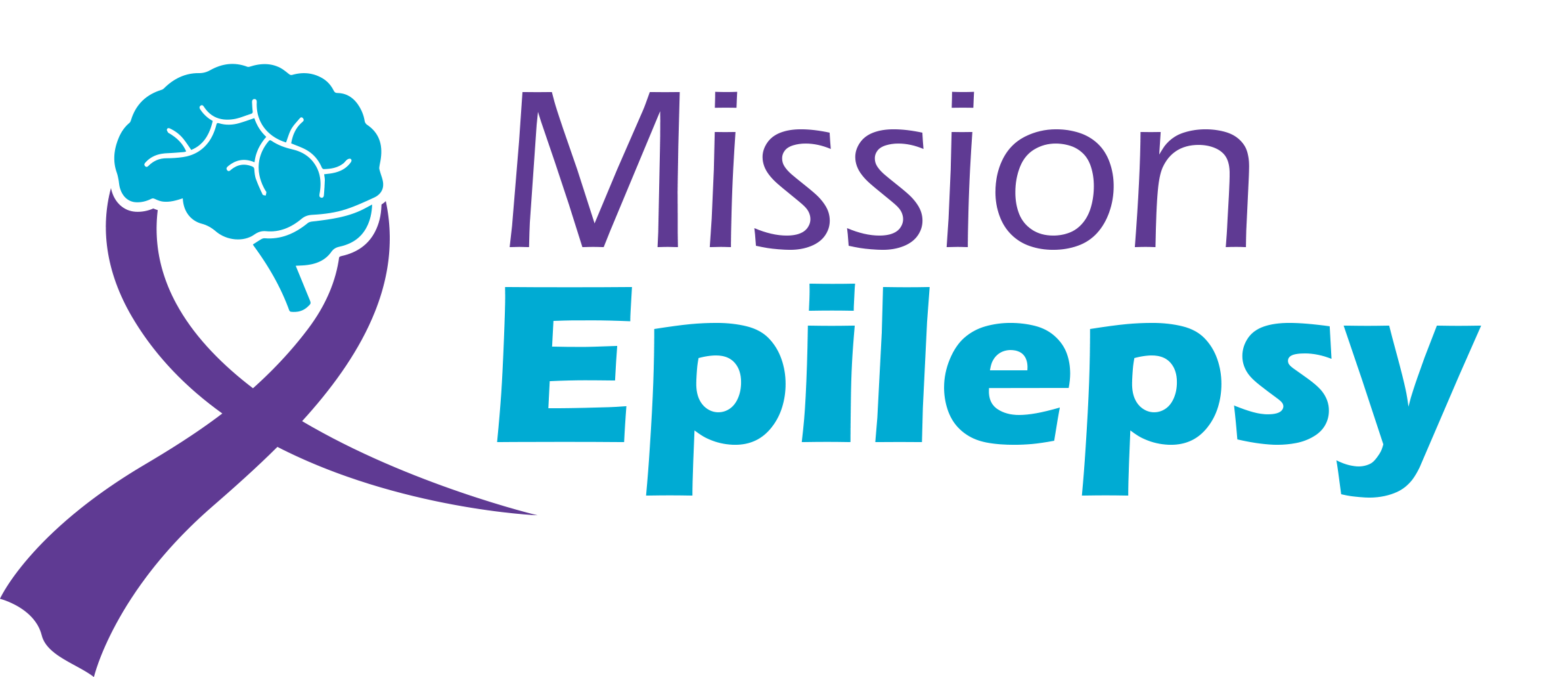Self-care is an essential aspect of maintaining good mental health, yet it is often the first thing to be forgotten or neglected in our busy lives. With the constant demands of work, family, and social obligations, it can be easy to put our own needs on the back burner. However, taking care of ourselves is not a luxury; it’s a necessity for leading a healthy and fulfilling life. In this blog post, we will explore a step-by-step guide to creating a comprehensive self-care plan that prioritizes your mental well-being.
Step 1: Get in touch with a friend
One important aspect of self-care is social support, and reaching out to a trusted friend can be a great way to start. Talking to a friend can provide a sense of comfort and connection, and can help you feel less alone in your struggles. Whether you prefer to chat over the phone, send a text message, or arrange a face-to-face meeting, the simple act of reaching out to someone can be incredibly therapeutic.
Friendship has been shown to have numerous benefits for mental health, including reducing stress and improving overall mood. When we feel supported and understood, we are better equipped to cope with life’s challenges and setbacks. Additionally, having someone to talk to can help us process our thoughts and feelings, and provide new perspectives on our problems.
Step 2: Disconnect from social media
Spending too much time on social media can increase feelings of anxiety, depression, and low self-esteem. It’s important to take a break from the constant barrage of information and comparison that social media can bring. When we spend too much time scrolling through social media, we are exposing ourselves to a never-ending stream of images and information, much of which can be negative or triggering.
Setting limits on social media use is a simple and effective way to prioritize your mental well-being. Experiment with reducing the amount of time you spend on social media each day, and consider turning off notifications for a few hours each day. You might be surprised at how much better you feel when you’re not constantly checking your phone.
Step 3: Exercise deep breathing
Deep breathing can help calm the mind and reduce feelings of stress and anxiety. This simple and accessible tool can be done anywhere, at any time, and requires no special equipment. To practice deep breathing, find a quiet and comfortable place to sit or lie down. Begin by taking slow, deep breaths, inhaling through your nose and exhaling through your mouth. As you breathe in, focus on expanding your belly, and as you breathe out, release any tension in your body. Repeat this for several minutes, or until you feel calm and relaxed.
You can also try adding visualization to your deep breathing practice. Imagine yourself in a peaceful and calming environment, such as a beach or a forest. The combination of deep breathing and visualization can help improve your overall mental health and well-being.
Step 4: Relax with soothing music
The fourth step in your self-care plan is to relax with soothing music. Listening to calming music can help reduce stress and anxiety, and promote relaxation and well-being. Choose music that resonates with you and creates a peaceful atmosphere. This can be classical music, nature sounds, or any other genre that helps you feel relaxed. Put on headphones or play it through a speaker, sit back, and close your eyes. Focus on the music and allow it to transport you to a calm and peaceful state.
Music therapy has been shown to have numerous benefits for mental health, including reducing symptoms of depression and anxiety, and improving overall mood. It’s also a great way to unwind and disconnect from the demands of daily life. Whether you listen to music for a few minutes or an hour, incorporating it into your self-care plan can have a profound impact on your mental well-being.
Step 5: Make a brain dump
The final step in your self-care plan is to make a brain dump. This involves writing down all of the thoughts, worries, and to-do items that are cluttering your mind. Putting your thoughts onto paper can help reduce stress and anxiety, and improve focus and productivity. You can use a journal, notebook, or even a piece of scrap paper. The important thing is to just get your thoughts out of your head and onto paper.
Making a brain dump can also help you prioritize your tasks and responsibilities, as well as identify patterns and stressors that may be impacting your mental well-being. By taking the time to reflect and organize your thoughts, you can gain a clearer understanding of your priorities and work towards reducing stress and anxiety.
In conclusion, taking care of your mental health is an essential aspect of leading a healthy and fulfilling life. With these five steps, you can create a self-care plan that prioritizes your well-being and supports you in managing the demands and challenges of daily life. Remember, self-care is not a one-time event, but a daily practice. Incorporate these steps into your routine and make a commitment to taking care of yourself, both physically and mentally








